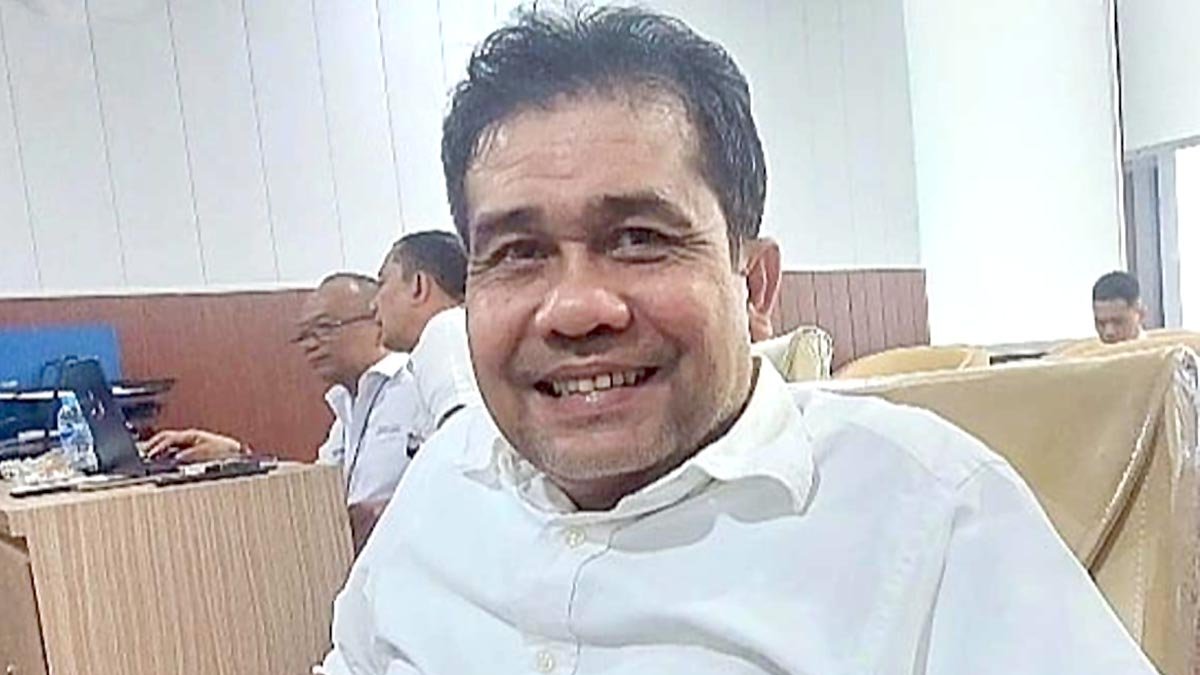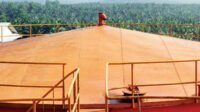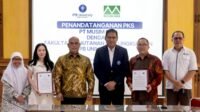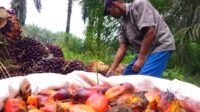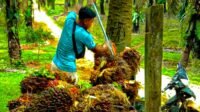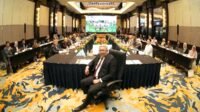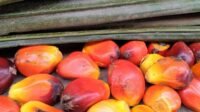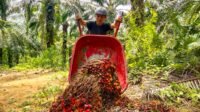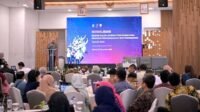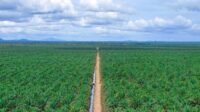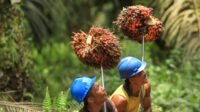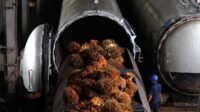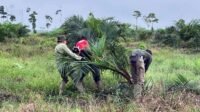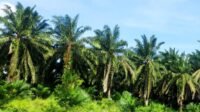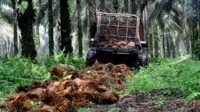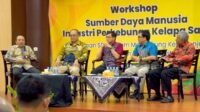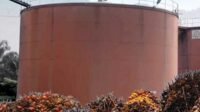PALMOILMAGAZINE, JAKARTA — Many people are still asking a simple question: Who exactly is PT Agrinas Palma Nusantara (Persero) — and why has this company suddenly appeared on oil palm estates previously managed by others?
Such questions have surfaced in numerous regions, particularly around plantation areas now operated by Agrinas Palma. The lack of public outreach is seen as the main reason. “Information about this has not been well socialized. As a result, there are still many plots we haven’t been able to manage yet,” said Agrinas Palma’s Director of Operations, Ospin Sembiring, as quoted on Thursday (31/7/2025) from the company’s official website.
Agrinas Palma was established under a direct mandate from President Prabowo Subianto through Presidential Regulation No. 5 of 2025, which created the Forest Area Discipline Task Force (Satgas PKH). The goal: to restore the function of forest areas that were misused while ensuring seized lands do not lie idle.
Also Read: Agrinas Palma Outlines Strategy to Manage 221,000 Hectares of State-Entrusted Assets
Portions of these reclaimed lands have since been handed over to Agrinas Palma. But beyond simply managing plantations, this state-owned enterprise carries a much larger mission — to maintain productivity, support national energy security, become a model of sustainable palm oil plantation, and overhaul an industry long criticized for its lack of transparency and environmental damage.
“We are not just plantation operators. We carry a national mandate,” affirmed Ospin, a former regional executive at PTPN IV.
From Enforcement to Collaboration
Ospin stressed the importance of education and transparency before entering into operational cooperation (KSO) with local communities — insisting Agrinas Palma does not want to be seen as a company that merely “comes to harvest” what others have planted.
“If we don’t explain the concept properly, people might think we’re here just to reap the benefits. In truth, this is all part of the state’s effort to restore good governance. We plant, we fertilize, and we make sure the environment is protected,” he explained.
He emphasized that Agrinas Palma’s approach does not arbitrarily change land use. For protected forests, the company only manages one planting cycle before returning the land — with no conversion of function allowed.
Not all seized land can be converted into HGU (plantation business use rights). “For production forest lands, we submit HGU applications to the Ministry of Agrarian Affairs/National Land Agency through coordination with the Ministry of Environment and Forestry,” he said.
For Agrinas Palma, collaboration is key. Even though the land is now state-owned, ties with local communities remain intact. In fact, residents are invited to participate in mutually beneficial schemes.
“Once land is handed over to us, its legal status is clear. But we are not here to evict people — we are here to manage it together with the community,” Ospin assured.
To date, Agrinas Palma has been tasked with managing over 833,000 hectares of oil palm estates, including 221,000 hectares formerly owned by PT Duta Palma Group, which were confiscated by the Attorney General’s Office. With legal and professional management, the company is not only recovering state assets previously misused, but also helping resolve longstanding agrarian conflicts.
More broadly, Agrinas Palma’s presence marks a turning point → transforming palm oil governance from exploitative to more inclusive and sustainable. Lands once abandoned now have the potential to generate jobs, boost the local economy, and serve as a model for fair, environmentally responsible palm oil operations.
“I hope people see us not as replacements — but as managers bringing new value and hope. Ultimately, our goal is clear: to uplift the people,” Ospin concluded. (P2)

